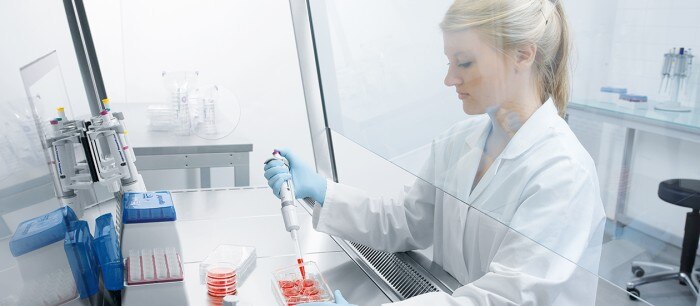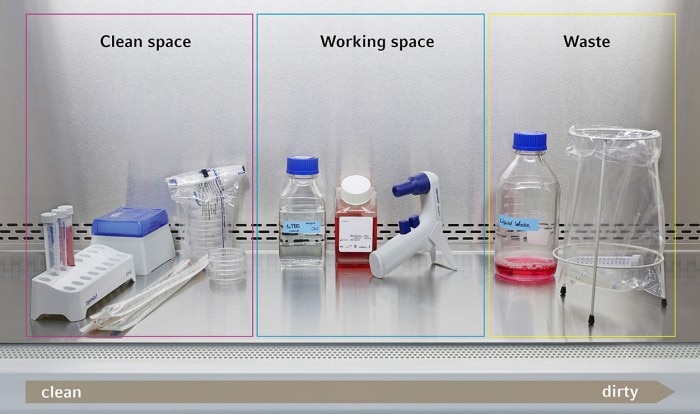MENU
IT | EUR
-
-
-
- Assistenza per bioprocessi
- Assistenza per centrifughe e rotori
- Assistenza per Mastercycler
- Assistenza per l'automazione
- Assistenza per ultracongelatori
- Assistenza per incubatori
- Assistenza per agitatori
- Assistenza per la fotometria
- Assistenza per regolazione termica e miscelazione
- Assistenza per pipette
-
-
- Forum Labo 2025
- Advanced Therapies Week (ATW) 2025
- SLAS Europe 2025
- Bioprocessing Summit Europe 2025
- Medlab Middle East 2025
- SLAS International 2025
- Biologics World Nordics 2025
- ASIA LABEX: The Lab Show 2025
- BioProcess International Europe 2025
- ISEV 2025
- Future Labs Live 2025
- DataHow Symposium 2025
- Cell 2025
- ASIA LABEX: The Lab Show 2025
- LabDays 2025
- Stem Cell Community Day 2025
- Nordic Life Science Days 2025
-
-
-
- Assistenza per bioprocessi
- Assistenza per centrifughe e rotori
- Assistenza per Mastercycler
- Assistenza per l'automazione
- Assistenza per ultracongelatori
- Assistenza per incubatori
- Assistenza per agitatori
- Assistenza per la fotometria
- Assistenza per regolazione termica e miscelazione
- Assistenza per pipette
-
-
- Forum Labo 2025
- Advanced Therapies Week (ATW) 2025
- SLAS Europe 2025
- Bioprocessing Summit Europe 2025
- Medlab Middle East 2025
- SLAS International 2025
- Biologics World Nordics 2025
- ASIA LABEX: The Lab Show 2025
- BioProcess International Europe 2025
- ISEV 2025
- Future Labs Live 2025
- DataHow Symposium 2025
- Cell 2025
- ASIA LABEX: The Lab Show 2025
- LabDays 2025
- Stem Cell Community Day 2025
- Nordic Life Science Days 2025
IT | EUR
-
- Centrifughe da banco
- Centrifughe da pavimento
- Centrifughe refrigerate
- Microcentrifughe
- Centrifughe multiuso
- Centrifughe ad alta velocità
- Ultracentrifughe
- Concentratore
- Prodotti IVD
- High-Speed and Ultracentrifuge Consumables
- Provette per centrifughe
- Piastre per centrifughe
- Gestione degli apparecchi
- Gestione di campioni e informazioni
-
- Pipettaggio manuale & dispensazione
- Pipette meccaniche
- Pipette elettroniche
- Pipette multicanale
- Pipette e dispenser a spostamento positivo
- Pipettaggio automatico
- Dispenser per flaconi
- Controller per pipette
- Puntali per pipette
- Consumabili per l'automazione
- Accessori per dispenser e pipette
- Accessori per l'automazione
- Servizi di assistenza per dispenser e pipette
Sorry, we couldn't find anything on our website containing your search term.

Cell Culture FAQ: How to work at the BSC?
Lab Academy
- Biologia cellulare
- Coltura cellulare
- Incubatori a CO2
- Consumabili per colture cellulari
- FAQ
In a cell culture lab, the biological safety cabinet is meant to be a sterile (contamination-free) working area where cell culture vessels and tubes with sterile reagents can be opened without the risk of being contaminated.
In a cell culture lab, the biological safety cabinet is meant to be a sterile (contamination-free) working area where cell culture vessels and tubes with sterile reagents can be opened without the risk of being contaminated.
The reality in many labs looks different: the hood is cluttered with pipettes, tip boxes, tube racks, waste containers and all the stuff people think they might need at some point during the workflow.
Having every item needed for the experiment at hand, but not overcrowding your work space, is the key. Every piece of equipment and every movement causes turbulences within the laminar air flow that is supposed to keep contaminants outside the hood.
The reality in many labs looks different: the hood is cluttered with pipettes, tip boxes, tube racks, waste containers and all the stuff people think they might need at some point during the workflow.
Having every item needed for the experiment at hand, but not overcrowding your work space, is the key. Every piece of equipment and every movement causes turbulences within the laminar air flow that is supposed to keep contaminants outside the hood.
Meno informazioni

So don’t overcrowd your work space and avoid hectic movements with your arms. Never block the air vents and ensure that constant air flow is maintained. And keep in mind that using a Bunsen burner in the hood does not give any extra protection. On the contrary, the open flame disrupts the laminar airflow and therefore eliminates the protection and safety of the working space.
Organization of Your Biosafety Cabinet
Organization of Your Biosafety Cabinet
Meno informazioni

Related documents

Schedule
PDF 0,68 MB
Related links
- Cell Culture FAQ: Lid up or down?
- Cell Culture FAQ: What is the best test method for mycoplasma?
- Cell Culture FAQ: How to reduce the edge effect in plates?
- How to prevent contamination in the cell culture lab
- Video: How to organize your biological safety cabinet for sterile work
- Video: How to seed cells correctly
Meno informazioni
